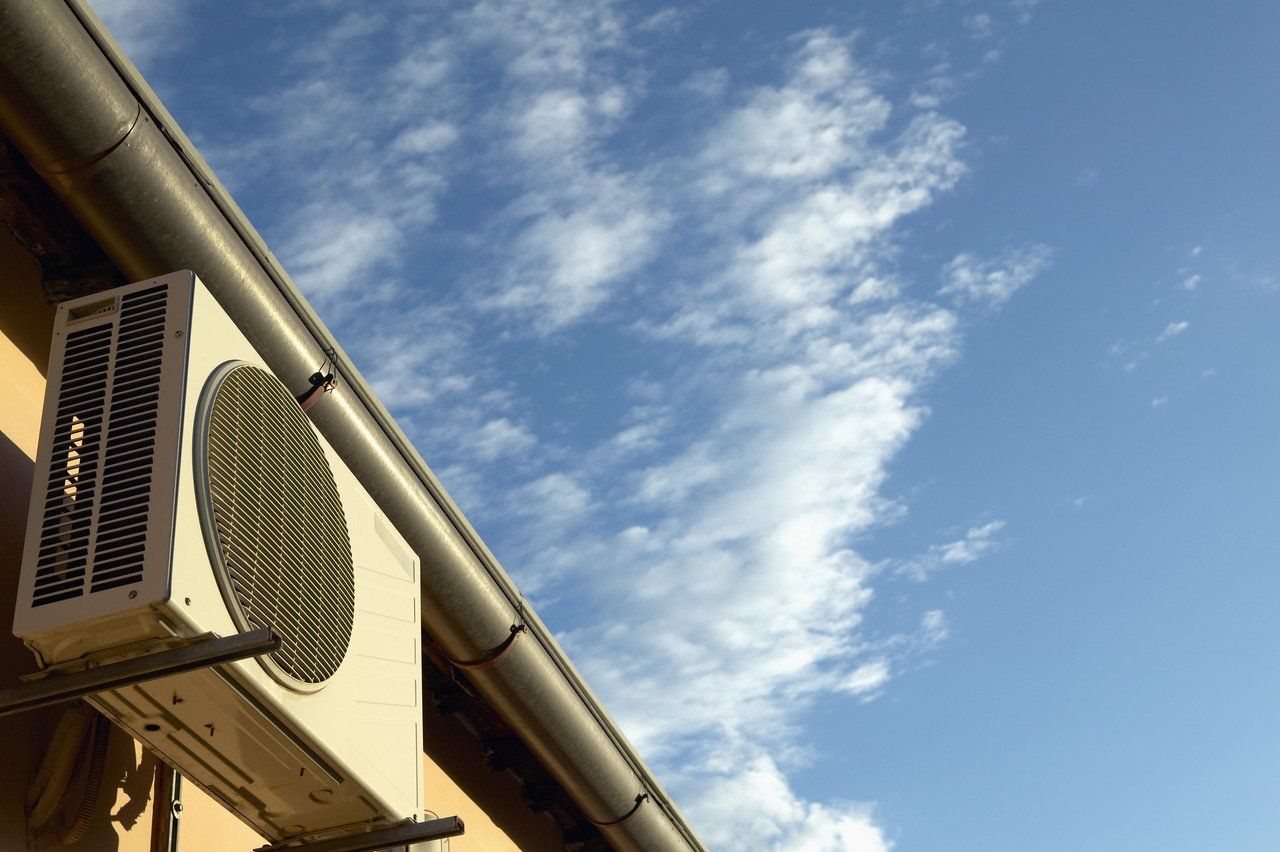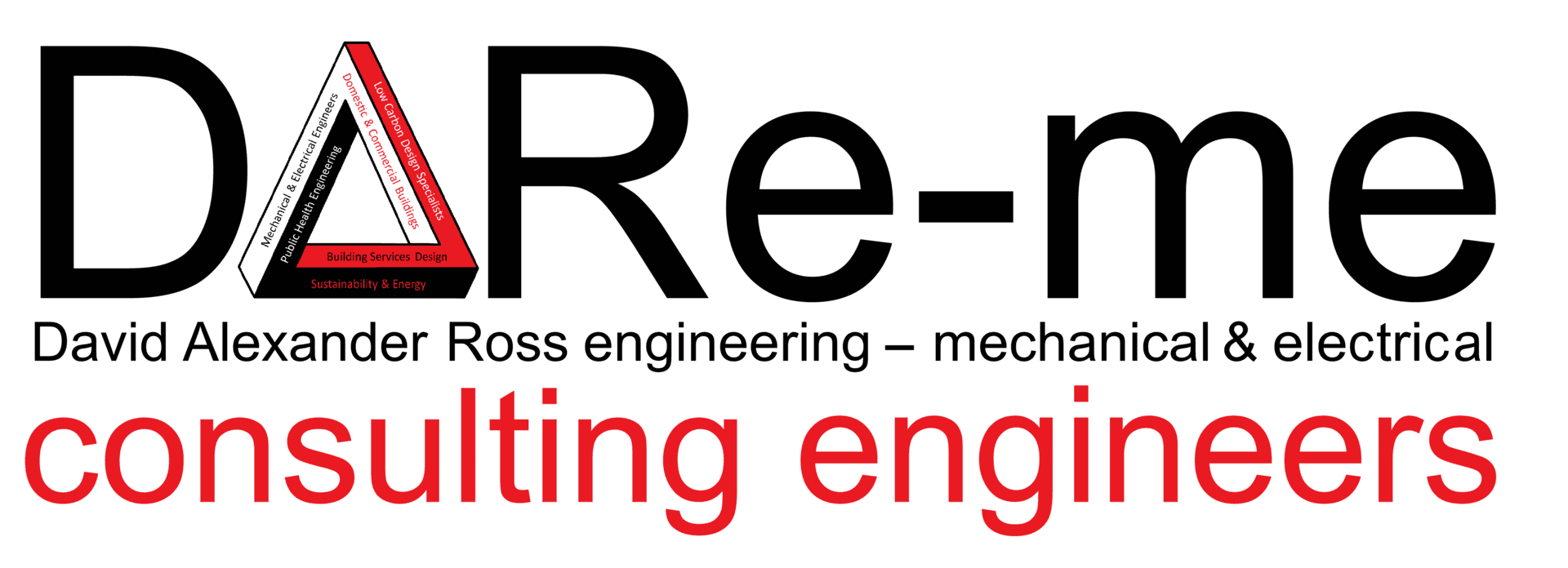The Importance of Ventilation in the Workplace to Help Prevent the Spread of Coronavirus
Now COVID-19 restrictions are easing and many are gradually returning to the workplace, both employees and employers alike are looking for ways to make this transition as safe as possible.
If you hadn't considered installing a ventilation system in your workplace prior to the COVID-19 pandemic, it is likely you have since. The Workplace (Health, Safety and Welfare) Regulations 1992 require employers to ensure a sufficient supply of clean air within enclosed workspaces. This has gained increasing attention in recent months with the Health and Safety Executive stressing the value of good ventilation within workplaces to help prevent the spread of coronavirus.
Types of Ventilation
There are different types of ventilation systems that can be used to increase fresh air flow in the workplace.
1. Natural Ventilation
Increasing natural ventilation is an obvious way to infiltrate fresh air into your workspace. Opening windows and doors as well as using air vents can improve air flow within an enclosed space.
While this is an easy and inexpensive method to improve ventilation in workplaces, natural ventilation has clear drawbacks. Firstly, it is not always possible to open some windows and fire doors. Additionally, this is not the best option in colder weather and can in fact be counterproductive, causing employees to catch colds and fall unwell.
2. Mechanical Ventilation
Mechanical ventilation is used in mechanical air handling systems - HVAC systems. These offer Heating, Ventilation and Air Conditioning, cleaning the air and providing warm or cold air depending on your needs.
Air conditioning units installed with HEPA (High-Efficiency Particulate Absorbing) filters use built-in air purification technology to improve the quality of the air. This limits the recirculation of polluted air within an enclosed space by extracting air from outside.
Mechanical ventilation can be better controlled than natural ventilation. HVAC systems can improve air quality through constantly replacing indoor air with filtered air from outside.
3. Mixed-Mode Ventilation
Mixed-mode ventilation is a hybrid system of both natural and mechanical ventilation. This system seeks to rely on natural ventilation most of the time, but this is assisted by mechanical systems that include air distribution equipment and heating or cooling conditions.
This hybrid approach helps to accommodate extreme temperatures and fluctuations, drawing on natural ventilation when feasible and providing an alternative when not. This type of fluctuation can greatly minimise a building's energy consumption.

Benefits of Ventilation in the Workplace
During the ventilation process, polluted air is replaced with clean air. While the role ventilation plays in preventing the spread of coronavirus is encouraging more and more businesses to reassess their ventilation situation, there are several other advantages of good ventilation.
Benefits include:
Minimise Health Issues
By ensuring clean air is regularly infiltrated around an enclosed workplace, this quickly filters out polluted air and removes air pollutants such as CO₂ and dust.
Good ventilation has been proven to reduce employee absenteeism and minimise the spread of infectious diseases. By doubling ventilation in a previously poorly ventilated workplace, employee sick time can be reduced by 35%.
Improve Employee Performance
Not only does good ventilation improve employee physical health, but it can also result in improvements in performance.
Studies have found that good air quality within the workplace results in better decision-making performance amongst employees. As a result, the benefits of good ventilation are not only enjoyed by employees but also by the company.
Improve Employee Comfort
Ensuring indoor air quality is adequate creates a comfortable work environment for employees. In turn, this can lead to higher productivity levels.
Regulate Energy Costs
Having an energy efficient ventilation system in place can reduce costs while improving the air quality of workplaces.
Limit the Spread of Coronavirus
Good ventilation ensures any bacteria, viruses or germs in the air are filtered out, including coronavirus.

How Does Ventilation Help Prevent the Spread of COVID-19?
Coronavirus particles linger in enclosed areas with poor ventilation. A good ventilation system helps dilute the concentration of coronavirus in the air.
Coronavirus is transmitted through droplets or aerosols in the air. Droplets are large respiratory particles that are most likely to spread the virus within 2 metres. Alternatively, aerosols can travel further and remain within enclosed spaces for much longer, particularly within poorly ventilated areas.
Even with other precautionary measures in place including social distancing and increased cleaning, an efficient ventilation system massively lowers the risk of airborne transmission of coronavirus. The Health and Safety Executive advised that while in pre-coronavirus circumstances the fresh-air supply rate should be between 5 and 8 litres per occupant per second, following the outbreak of coronavirus this has increased to a minimum of 10 litres with at least 6 air changes per hour.
Good ventilation can greatly reduce the risk of infection. Research has found that having a fresh air flow in a room can reduce infection from COVID-19 particles by over 70%. Ensuring good ventilation within your workplace can minimise the risk of employees contracting COVID-19, allowing people to come back to work feeling safe. This is particularly important for large businesses with numerous individuals working in the same area for long periods. Other environments that can benefit from improved air flow include spaces with high levels of aerosol generation such as loud speech as well as areas where medical and dental procedures are conducted.
Summary
The importance of ventilation in the workplace is clear, particularly in the context of COVID-19. Not only can good ventilation reduce employee sick time, improve performance and regulate energy costs but an effective ventilation system mitigates the risk of transmission of coronavirus, allowing employees to return to the workplace safely.
If you are interested in designing a new ventilation system for your project, contact DARe-me Consulting Engineers today.


